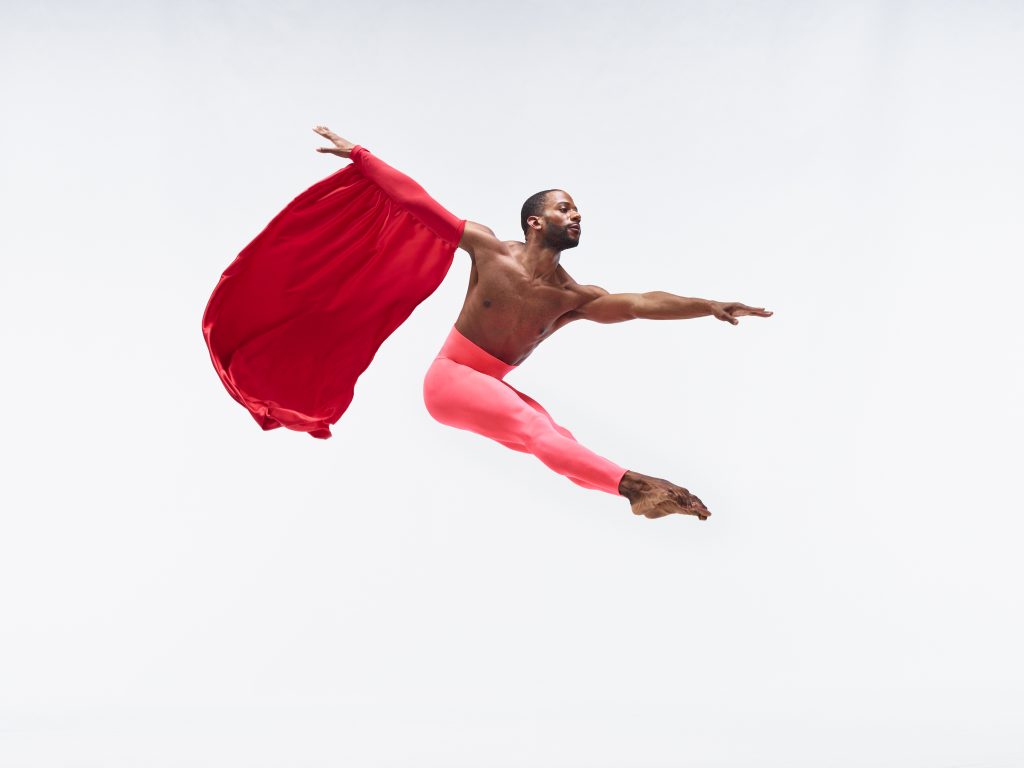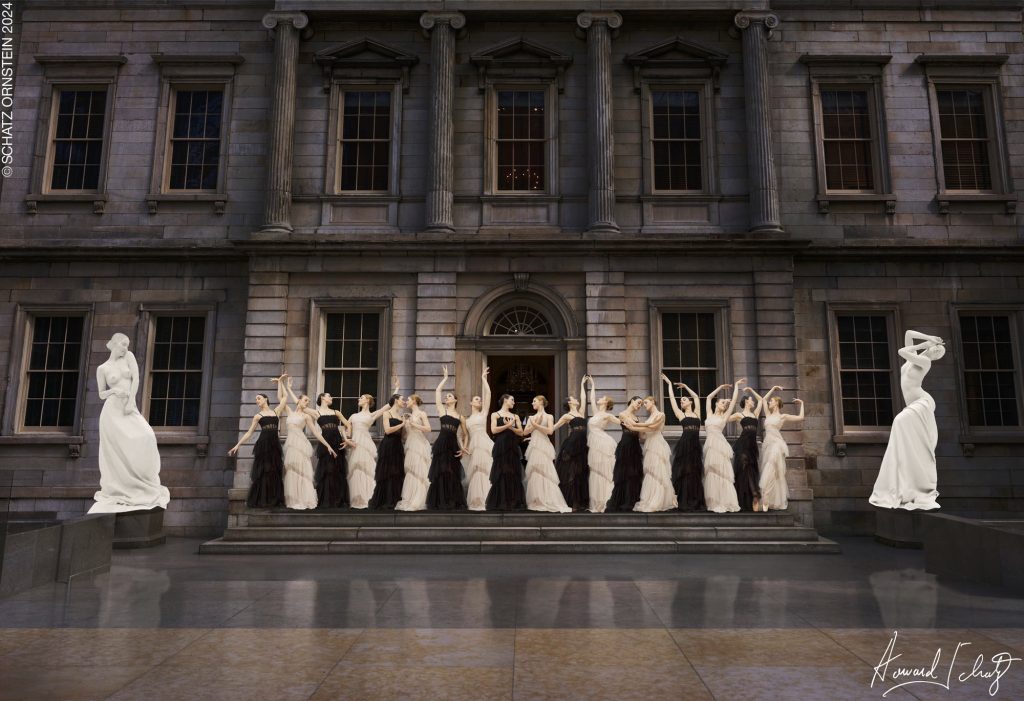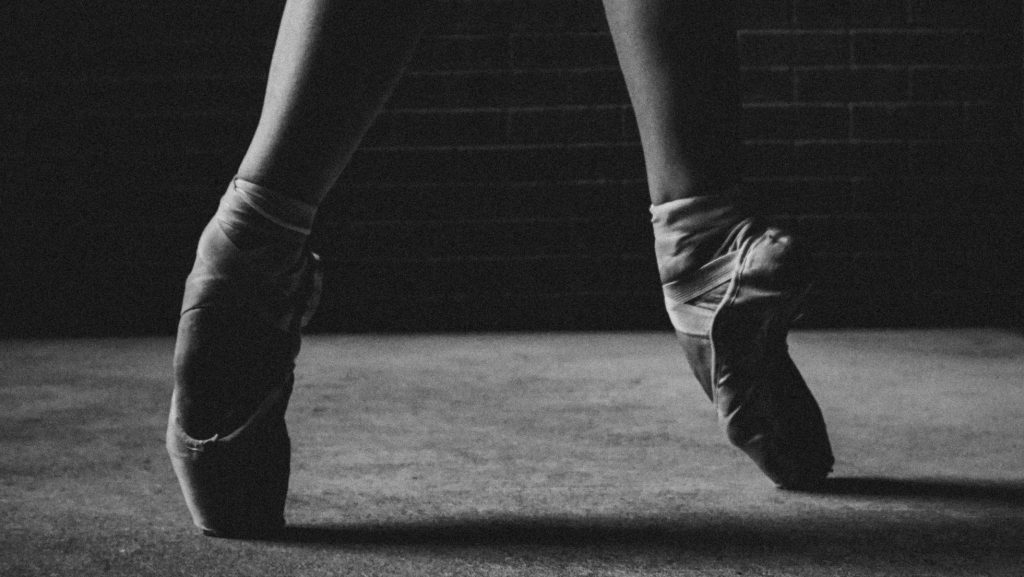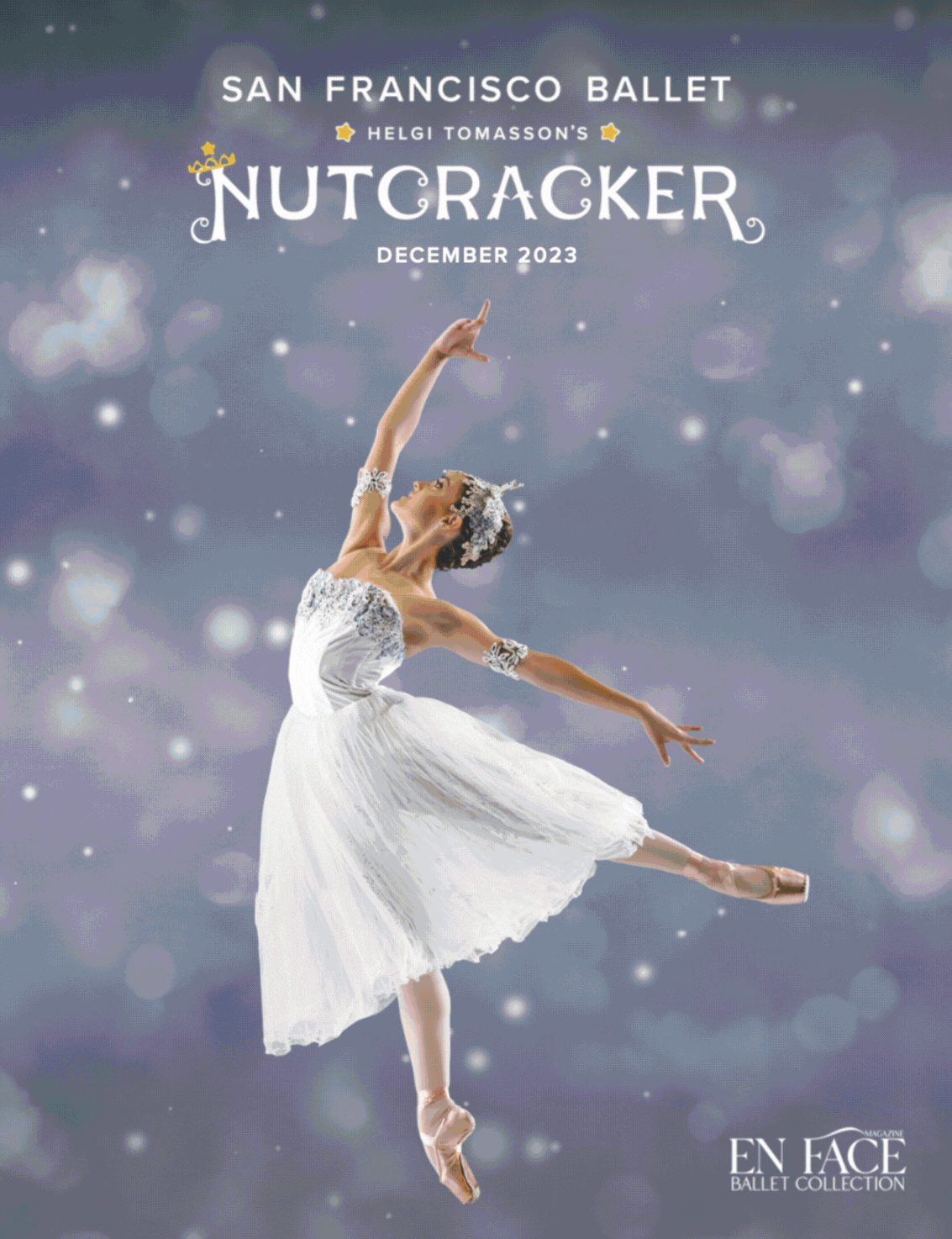
Choreographer: George Balanchine
Music: Antonio Vivaldi and Arcangelo Corelli
Premiere: November 21, 1957, at New York City Ballet
Overview:
Square Dance is a lively and inventive ballet by George Balanchine that merges the elegance of classical ballet with the spirited formations of American square dancing. Set to baroque music by Vivaldi and Corelli, the ballet features intricate footwork, energetic group formations, and moments of playful interaction between dancers. It stands out for its fusion of formal ballet technique with folk dance influences, creating a unique and exhilarating experience for the audience.
Key Themes:
- Fusion of Styles: The ballet blends classical ballet’s precision with the dynamic and social patterns of square dance, showcasing Balanchine’s creativity and ability to push the boundaries of the art form.
- Energetic Group Formations: Dancers frequently move in groups, mimicking the patterns of a square dance. The choreography emphasizes symmetry, fluidity, and rapid changes in direction.
- Musicality: Balanchine was known for his deep connection to music, and Square Dance highlights this with its tight integration of movement and Vivaldi’s and Corelli’s baroque compositions.
Notable Sections:
- Opening Ensemble: The ballet begins with a lively group sequence that introduces the square dance–inspired patterns. Dancers move in pairs and groups, creating geometric formations reminiscent of folk dance but performed with classical ballet precision.
- Pas de Deux: In the middle of the ballet, a serene and lyrical pas de deux emerges, providing a contrast to the more upbeat sections. The dancers’ elegant lines and flowing movement reflect the musicality of the baroque score, adding an emotional depth to the performance.
- Finale: The ballet concludes with an energetic and fast-paced ensemble section, where the dancers revisit the square dance formations. The choreography builds in intensity, with rapid turns, high jumps, and intricate footwork that mirror the lively pace of the music.
What to Watch For:
- Intricate Footwork: Balanchine’s choreography is full of quick, detailed steps that demand precision from the dancers. Pay attention to how effortlessly they move through complex sequences, especially in the faster sections of the ballet.
- Balance Between Classical and Folk Elements: Notice how Balanchine integrates square dance formations with classical ballet technique, particularly in how the dancers interact with each other. This ballet is a masterclass in combining two distinct styles into one seamless work.
- Musical Precision: Balanchine’s choreography is closely tied to the music, with each movement reflecting the rhythms and structure of Vivaldi and Corelli’s compositions. Watch how the dancers use their bodies to embody the music’s energy and intricacy.
Here’s the lift: “Square Dance is like watching classical ballet and American folk traditions twirl together in perfect harmony. Balanchine’s genius choreography paired with the lively music makes this ballet a joyful ride from start to finish. With intricate footwork and playful patterns, it’s impossible not to get swept up in the charm and brilliance of this iconic performance!” MIsty Tompoles









